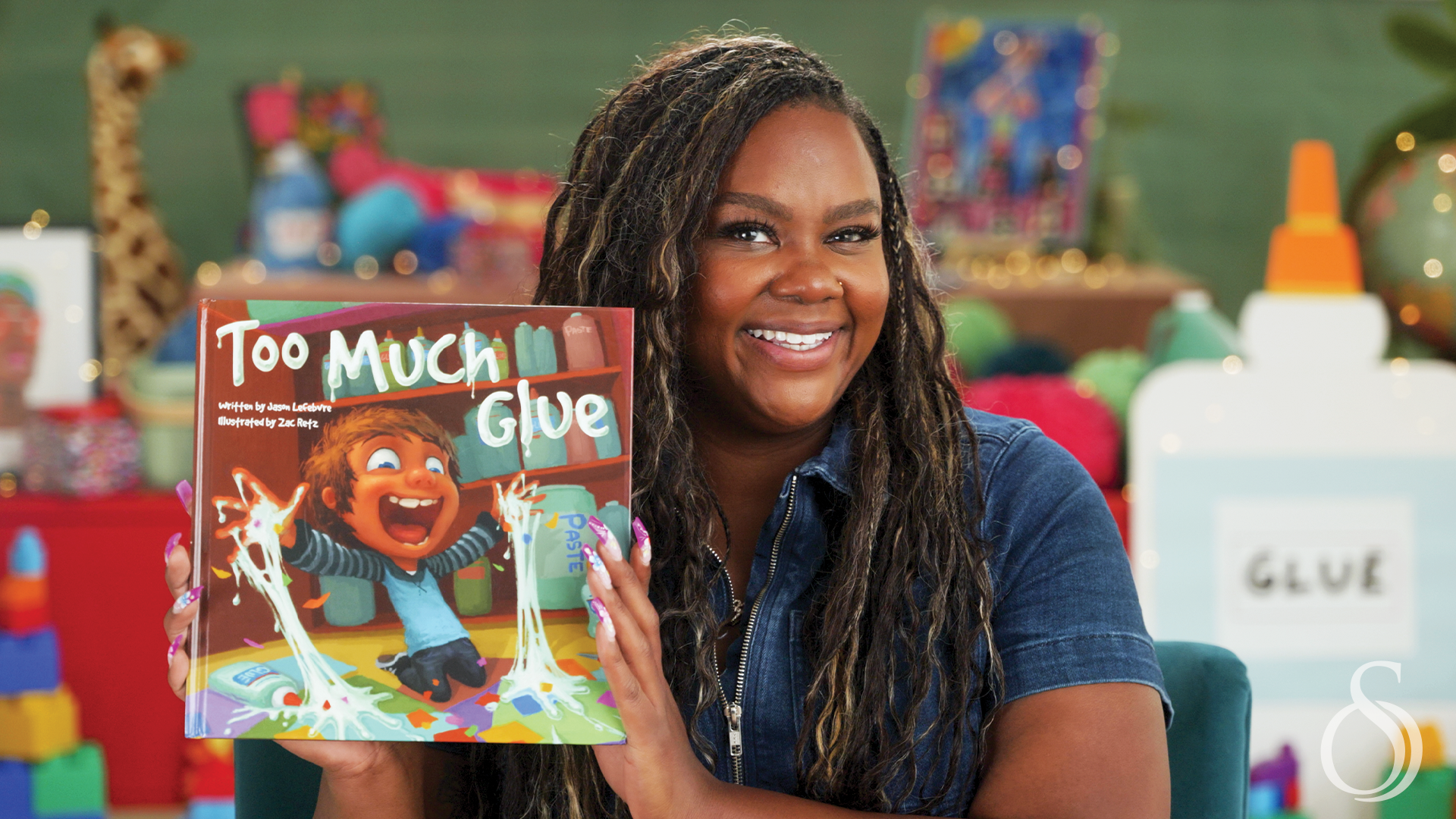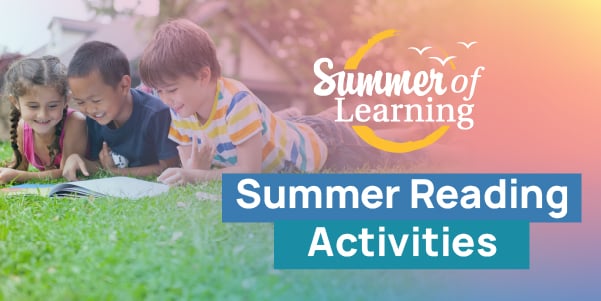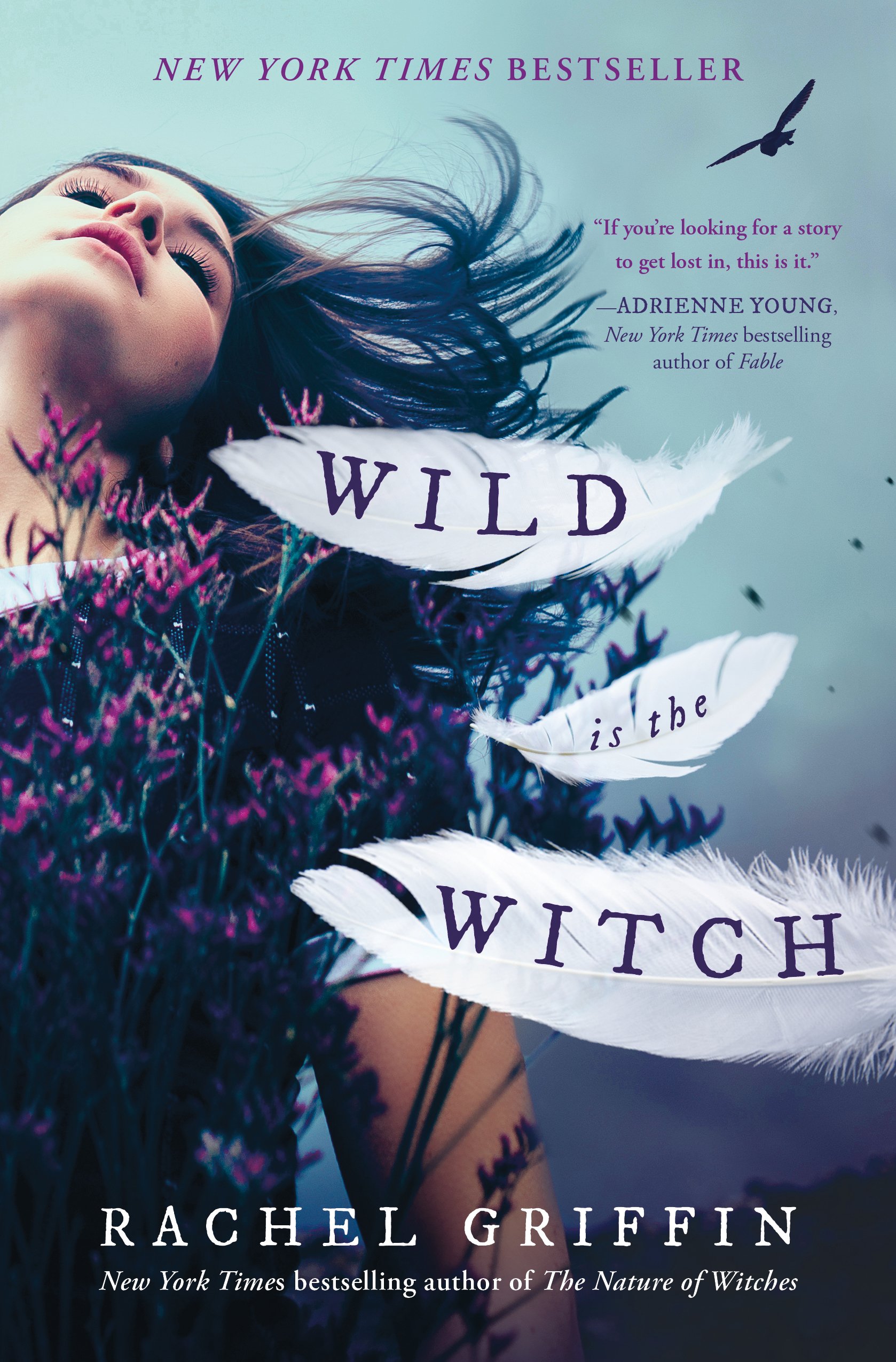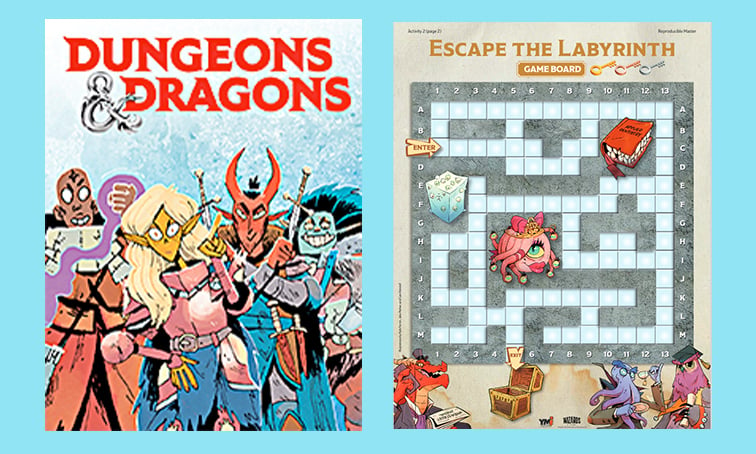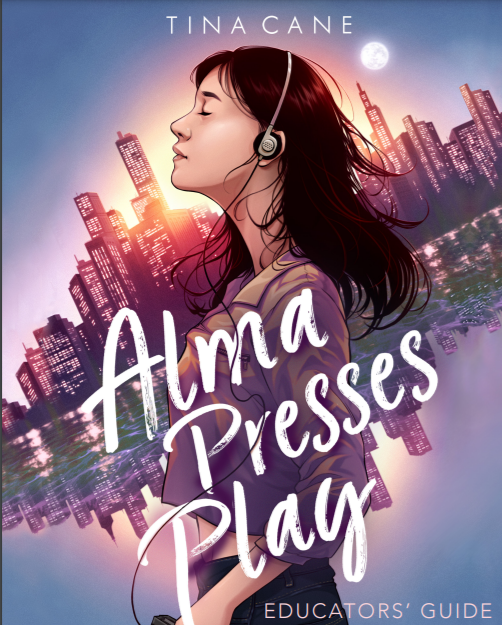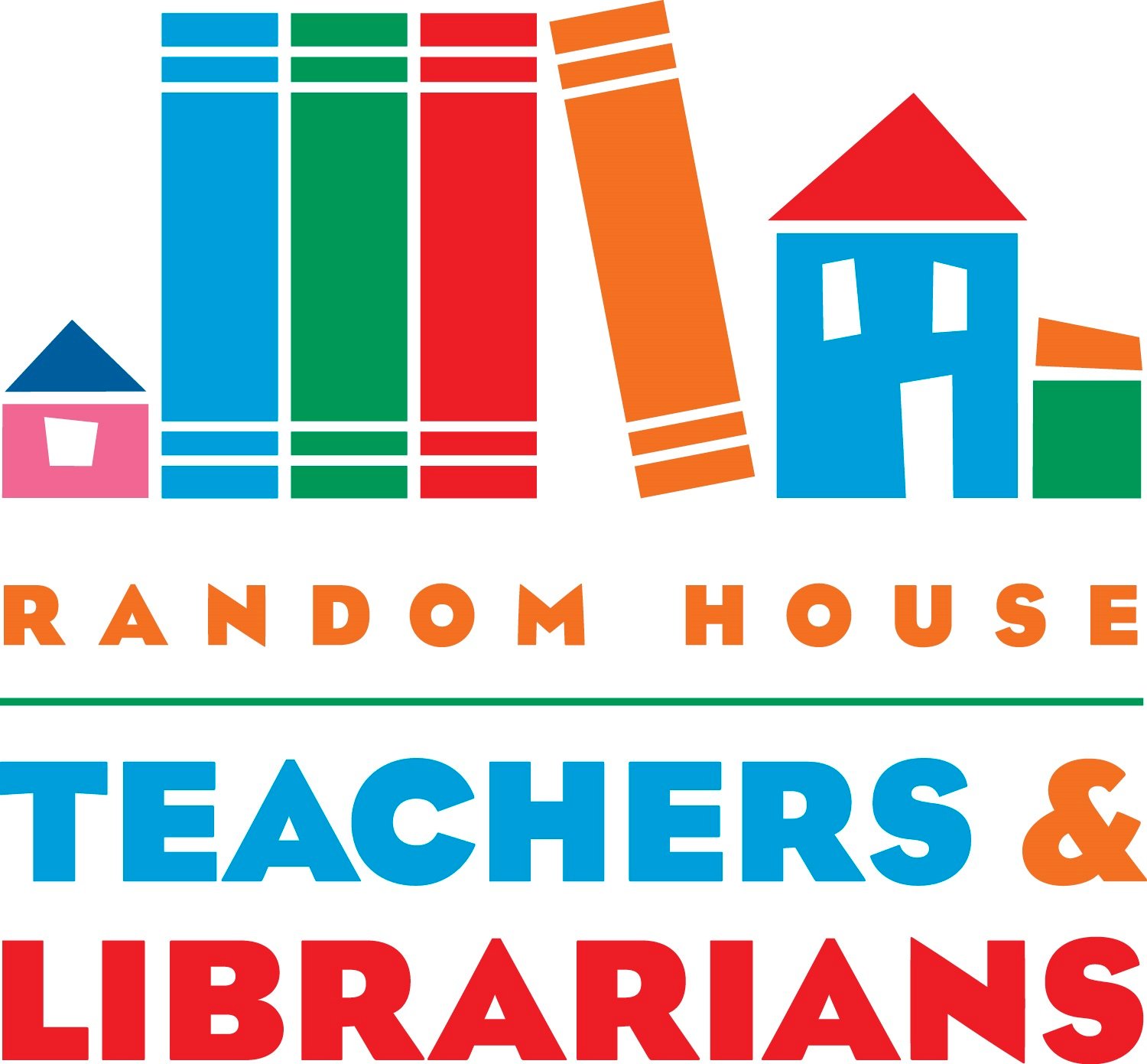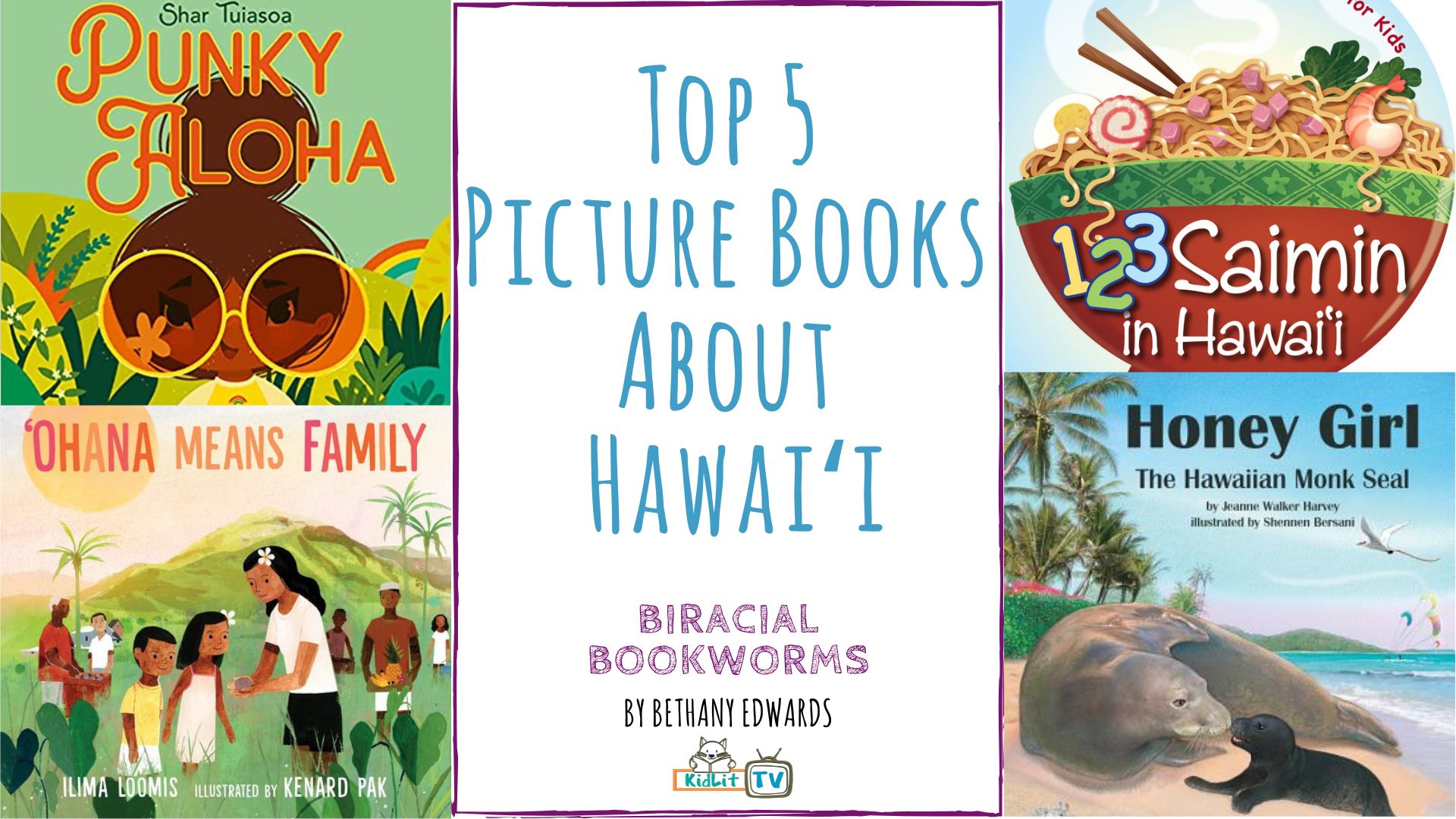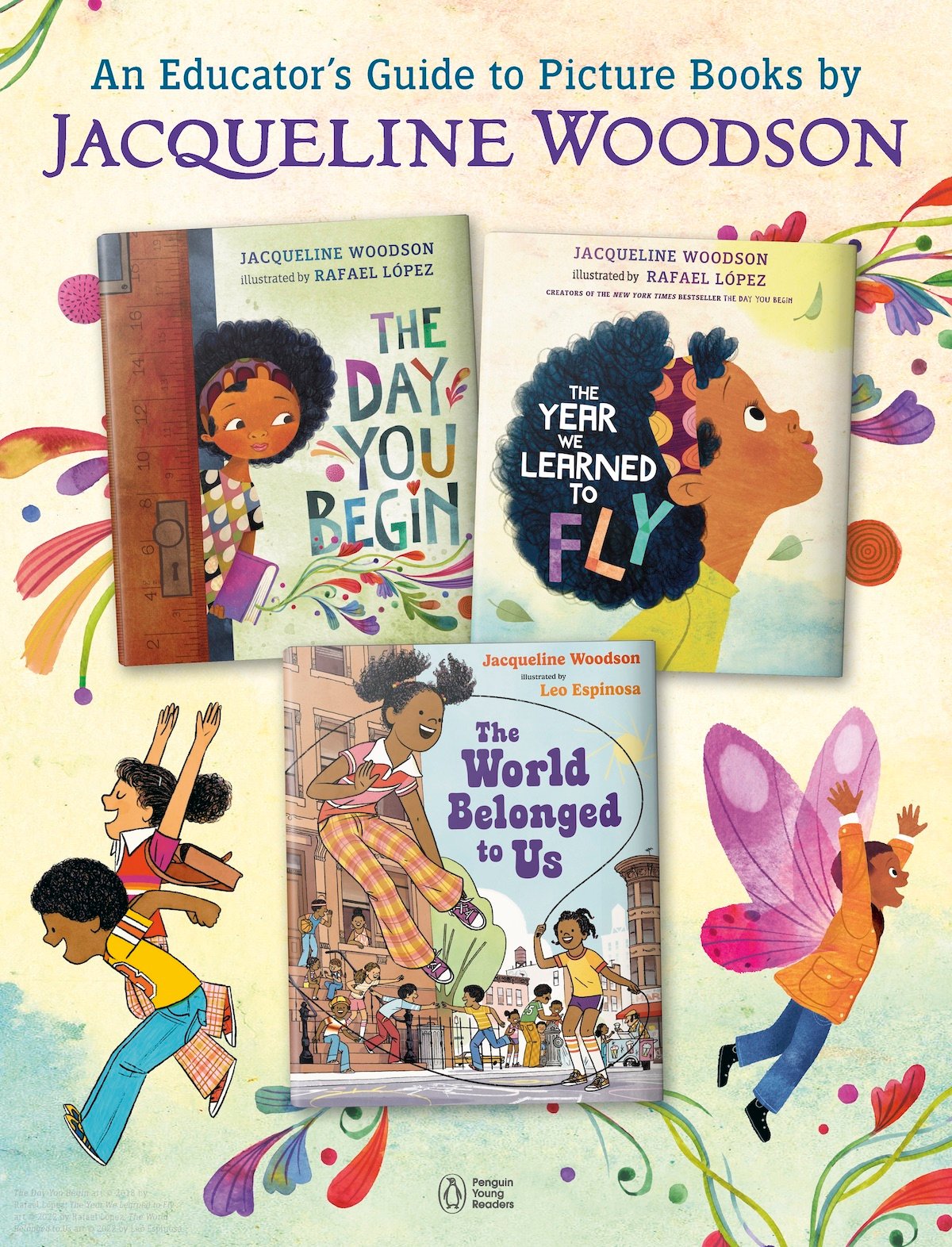About This Lesson
Matty LOVES glue. At home with Dad, he makes glue glasses, glue mustaches, and glue bouncy balls. But at school, Matty’s art teacher worries and warns, “Too much glue never dries.” In art class one day, Matty decides to make the most fantastic glue project ever, with a super-special ingredient – himself! Ignoring his teacher’s warnings, Matty belly-flops onto the glue-covered table, rolls all around in the sequins and glitter, and encounters an unexpected glitch – when he tries to get up, he boings right back into the slippery, sticky mess! This calls for a dose of imagination and a little help from friends. They try a gigantic tow truck, some yarn lassoes, and dabbing Matty with everything in the nurse’s bag – but each wacky attempt only makes things worse! Finally Matty gets an idea from his hyperventilating teacher. Will it work, or will Matty be a half-boy, half-art project stuck- to-a-table forever?
Storyline Online's Too Much Glue is read by Nicole Byer, is written by Jason Lefebvre and illustrated by Zac Retz.





